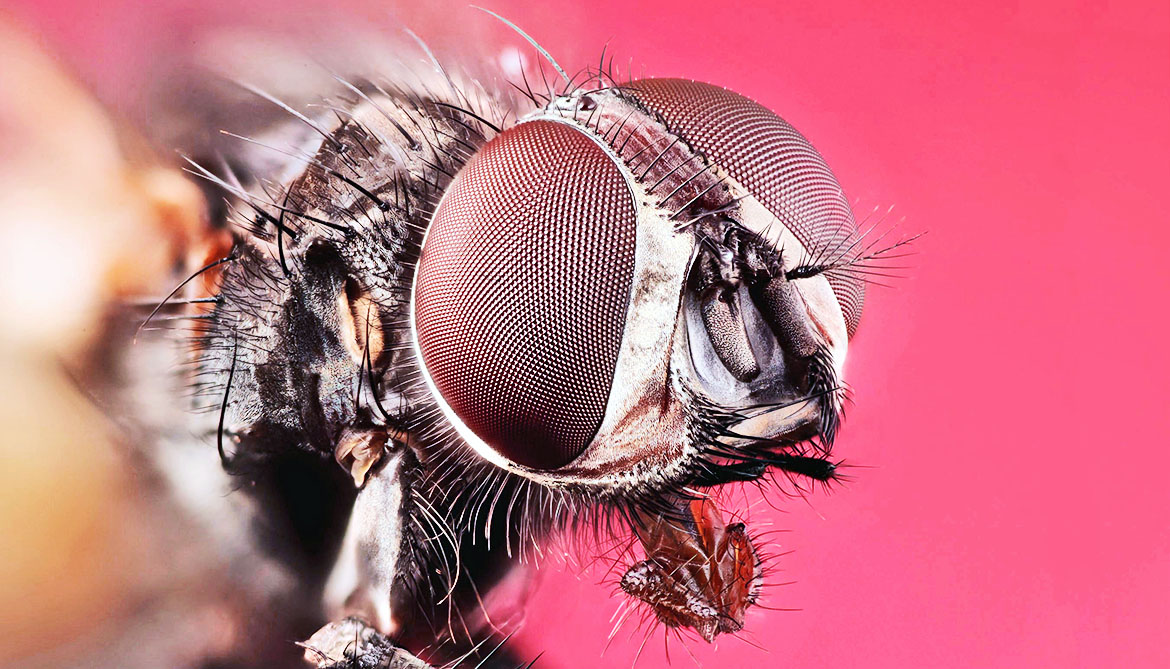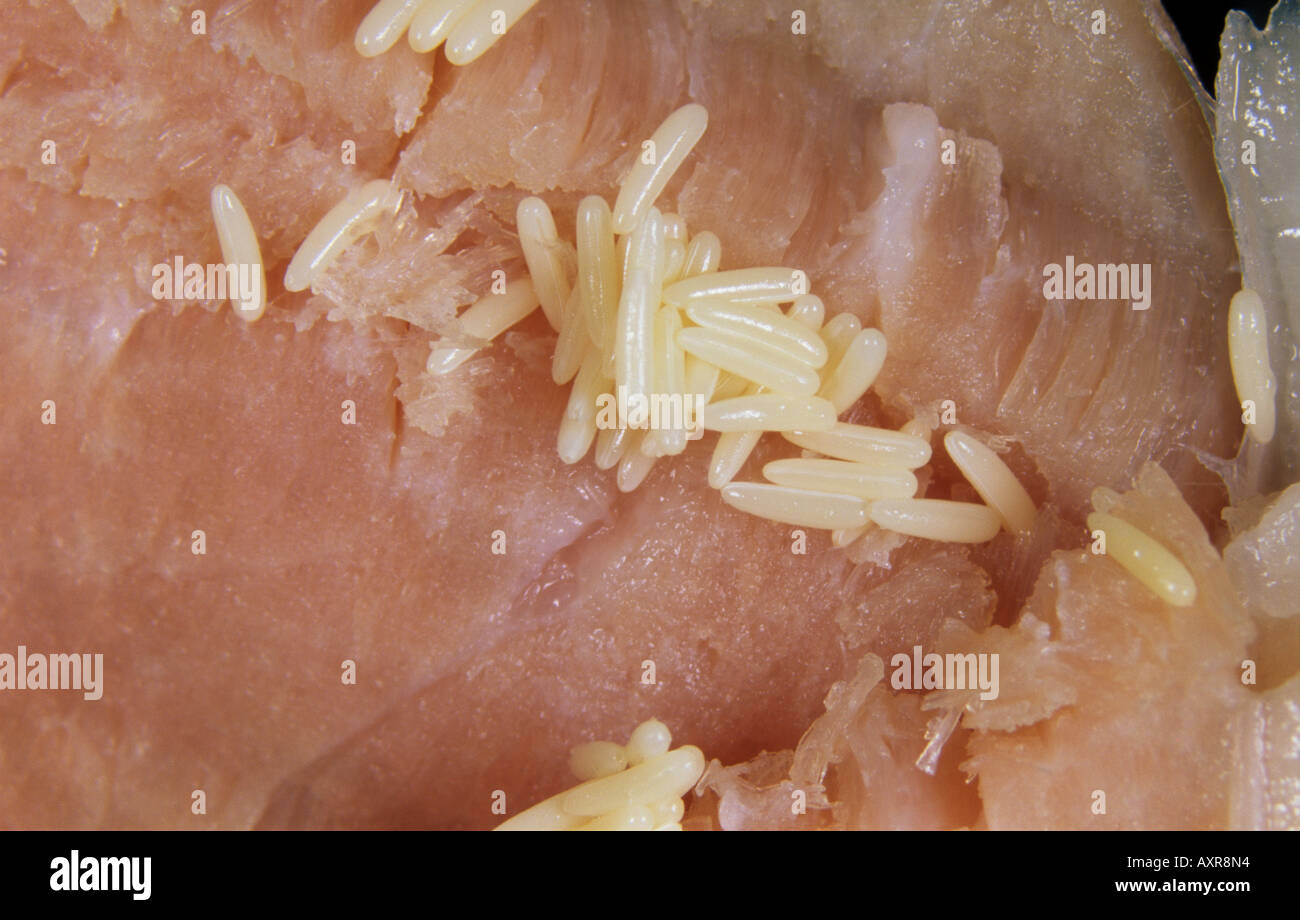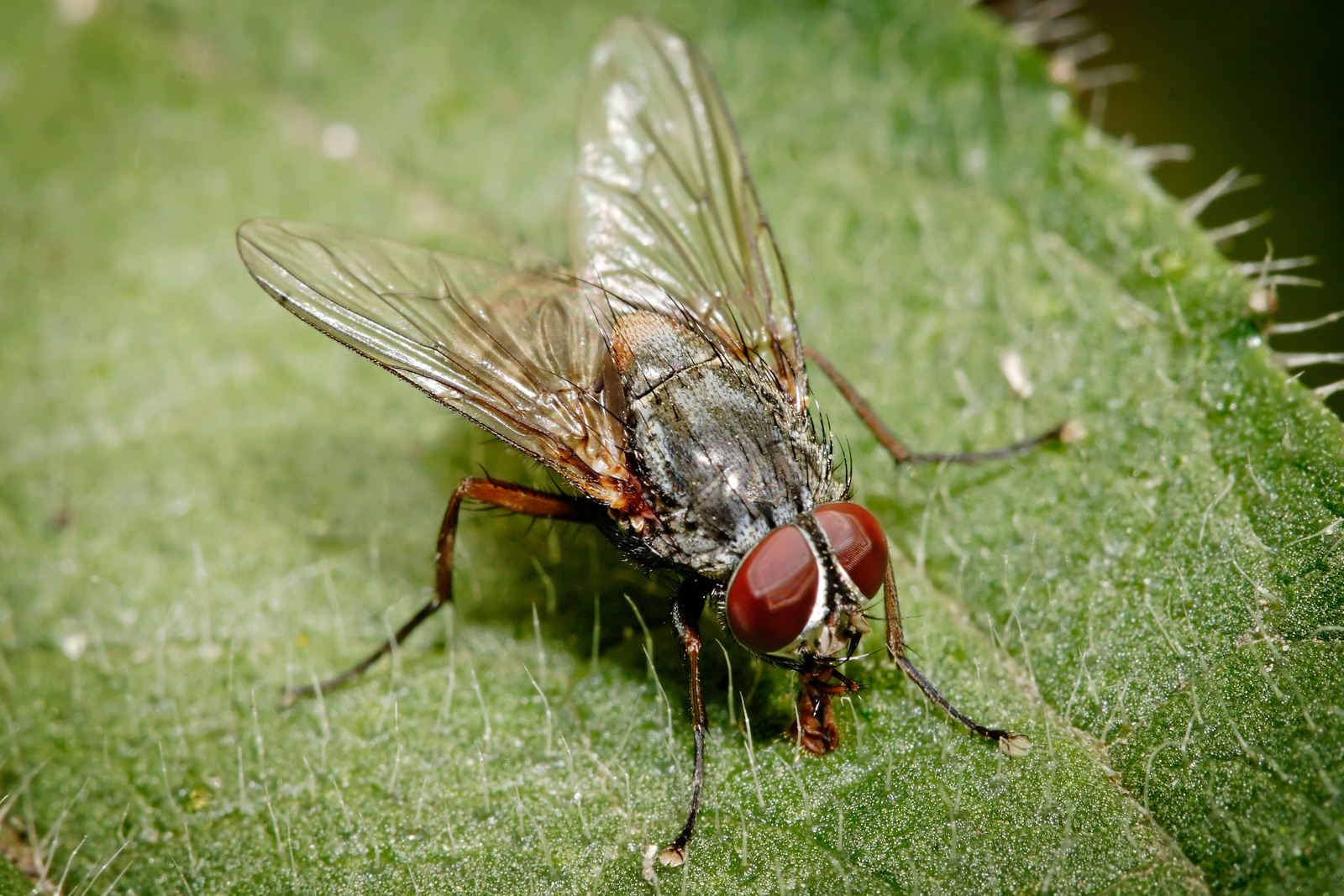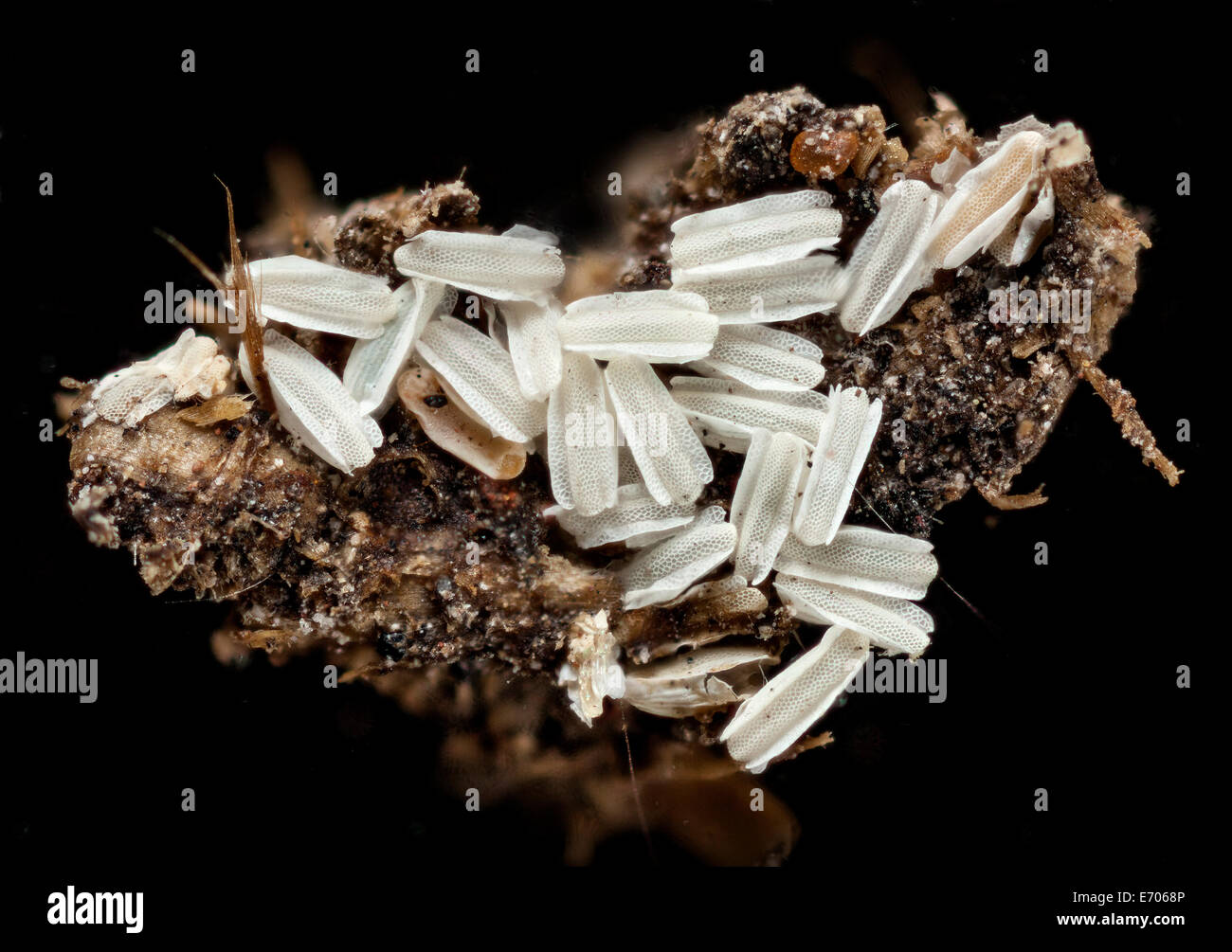Musca domestica, House Fly (Diptera Muscidae)
Housefly (Musca domestica L. 1758) larvae are used in various parts of the world for animal feeding either by exposing substrates for natural oviposition or in industrial systems involving an adult rearing unit to produce eggs that are then placed in a substrate suitable for larval development. In order to develop M. domestica rearing system in Benin, effects of five types of food (pineapple.

Daily variation in egg laying of two Musca domestica strains (GK and... Download Scientific
The house fly, Musca domestica, is one of the best-known and most widely distributed insects known to humans. Courtship and copulatory behaviors are the most important and the most complex behaviors exhibited by the house fly.

Musca_domestica_1170 Futurity
The concept that housefly (Musca domestica) can be used to convert waste to high protein feedstuff has been considered for decades .. Egg production. From approximately 5 days after emergence, flies were provided with oviposition substrate in the form of 100 g of cattle manure in a 100 mm petri dish. Flies were allowed to oviposit for a 4.

Fly eggs probably house fly Musca domestica eggs on ham Stock Photo 9658707 Alamy
A Carefully Curated Range Of The Best Apple Trees Perfect For Garden Soils. Sustainably Grown Trees Sent In Eco Packaging & Delivered By A Trusted Courier Network.

Mean (AE SE) daily egg production of two Musca domestica strains (GK... Download Scientific
The housefly ( Musca domestica L.) lives in close association with its microbiota and its symbionts are suggested to have pivotal roles in processes such as metabolism and immune response, but.

Protect Health.......Protect Life Family Muscidae..Genus Musca(House Flies)
The house fly, Musca domestica, is one of the best-known and most widely distributed insects known to humans. Courtship and copulatory behaviors are the most important and the most complex behaviors exhibited by the house fly.. The number of eggs that mature in a fly's ovaries at one time is about 120. The female requires both sugar and.

Mean (AE SE) lifetime egg production of two Musca domestica strains (GK... Download Scientific
In recent years the common housefly (Musca domestica L. 1758; Dip-teran: Muscidae) has been widely used in the treatment of organic wastes. This study aims to assess the effect of egg loading.

Learn more about Musca domestica, the risks this fly poses to you and your animals, and how to
In recent years the common housefly ( Musca domestica L. 1758; Dipteran: Muscidae) has been widely used in the treatment of organic wastes. This study aims to assess the effect of egg loading of the common housefly on maggot development and waste reduction.

Кровососущие насекомые средней полосы России 34 фото смотреть онлайн
Adult house flies, Musca domestica L., are mechanical vectors of more than 100 devastating diseases that have severe consequences for human and animal health. House fly larvae play a vital role as decomposers of animal wastes, and thus live in intimate association with many animal pathogens. We have sequenced and analyzed the genome of the house fly using DNA from female flies.

47 Best Of Musca Domestica Life Cycle insectza
Musca domestica By Jonelle Doctor Geographic Range Habitat Physical Description Development Reproduction Lifespan/Longevity Behavior Communication and Perception Food Habits Predation Ecosystem Roles Economic Importance for Humans: Positive Economic Importance for Humans: Negative Conservation Status Contributors References Geographic Range

Eggs of housefly Heidi & HansJuergen Koch
In recent years the common housefly ( Musca domestica L. 1758; Dipteran: Muscidae) has been widely used in the treatment of organic wastes. This study aims to assess the effect of egg loading of the common housefly on maggot development and waste reduction.

Macro photograph of Housefly eggs, Musca domestica Stock Photo Alamy
The house fly, Musca domestica Linnaeus, is a well-known cosmopolitan pest of both farm and home. This species is always found in association with humans or the activities of humans. It is the most common species found on hog and poultry farms, horse stables and ranches.

Mean (±S.E.) of development time () from egg hatch to adult formation... Download Scientific
The adult house fly ( Musca domestica) is 6-7 mm long, yellowish-grey to dark grey in colour, with four narrow black stripes on the thorax, reddish-brown eyes and clear, translucent wings. Female house flies will typically only mate once and retain the sperm for future egg fertilization.

Musca domestica carrying Dermatobia hominis eggs in the lateralventral... Download Scientific
Adult house flies (Musca domestica Linnaeus) are 6 to 7 mm long. Females tend to be larger and have a relatively wide space between the eyes compared to males.. Adult females lay eggs singly but in small piles in a nutrient-rich, moist location. They can lay as many as 500 eggs over a three to four day period, and several flies will deposit.

(PDF) Gamma Irradiation Effects on Reproductive Potential and EggViability of the Housefly
The house fly, Musca domestica L. (Diptera: Muscidae), is a global pest of humans and animals that carries scores of pathogens and costs up to $1 billion per year in the United States alone. Information is reviewed on recognition, distribution, biology, dispersal, and associations with microbes.

(PDF) Breeding Enhancement of Musca domestica L. 1758 Egg Load as a Measure of Optimal Larval
Musca domestica (Linnaeus, 1758) is a muscoid species that is widespread throughout the world and acts as a mechanical vector of different enteropathogens primarily in underdeveloped countries.